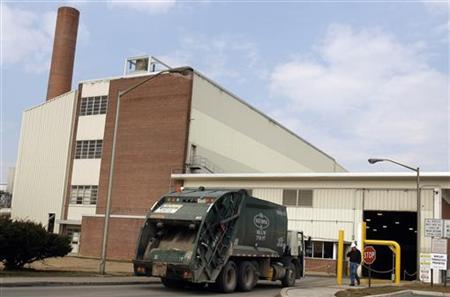It’s literally game-changing time with solar power at the electric utilities,
while Georgia Power and Southern Company are sticking with big baseload
nuclear, “clean coal”, and natural gas.
They cannot win if they don’t even try.
 Steven Schultz wrote for Physorg 6 May 2013,
Growth of ‘distributed’ electricity generation could transform
utility systems,
Steven Schultz wrote for Physorg 6 May 2013,
Growth of ‘distributed’ electricity generation could transform
utility systems,
(Phys.org) —The U.S. electric utility industry faces a
critical juncture as new technology and declining prices allow a
more “distributed” system of small-scale generators, renewable
energy installations and energy-efficiency strategies, according to
a group of high-level energy industry executives and regulators who
met at Princeton University recently.
“We have a monumental challenge,” said Jon Wellinghoff, chairman of
the Federal Energy Regulatory Commission, who participated in the
all-day meeting Friday, April 26. Citing commentary by an analyst
who warned of a potential “train wreck” in the industry, Wellinghoff
outlined converging tends in which technological advances are
allowing consumers and companies to take matters of reliability,
security and efficiency into their own hands, while utility
companies are under pressure to maintain and upgrade a national
electricity system that is broadly accessible.
“Everybody saw the Super Bowl,” Wellinghoff said, referring to the
half-hour blackout that disrupted the 2013 football championship.
He didn’t mention that after blacking out the Super Bowl Continue reading →






 Informational Meeting
Informational Meeting
